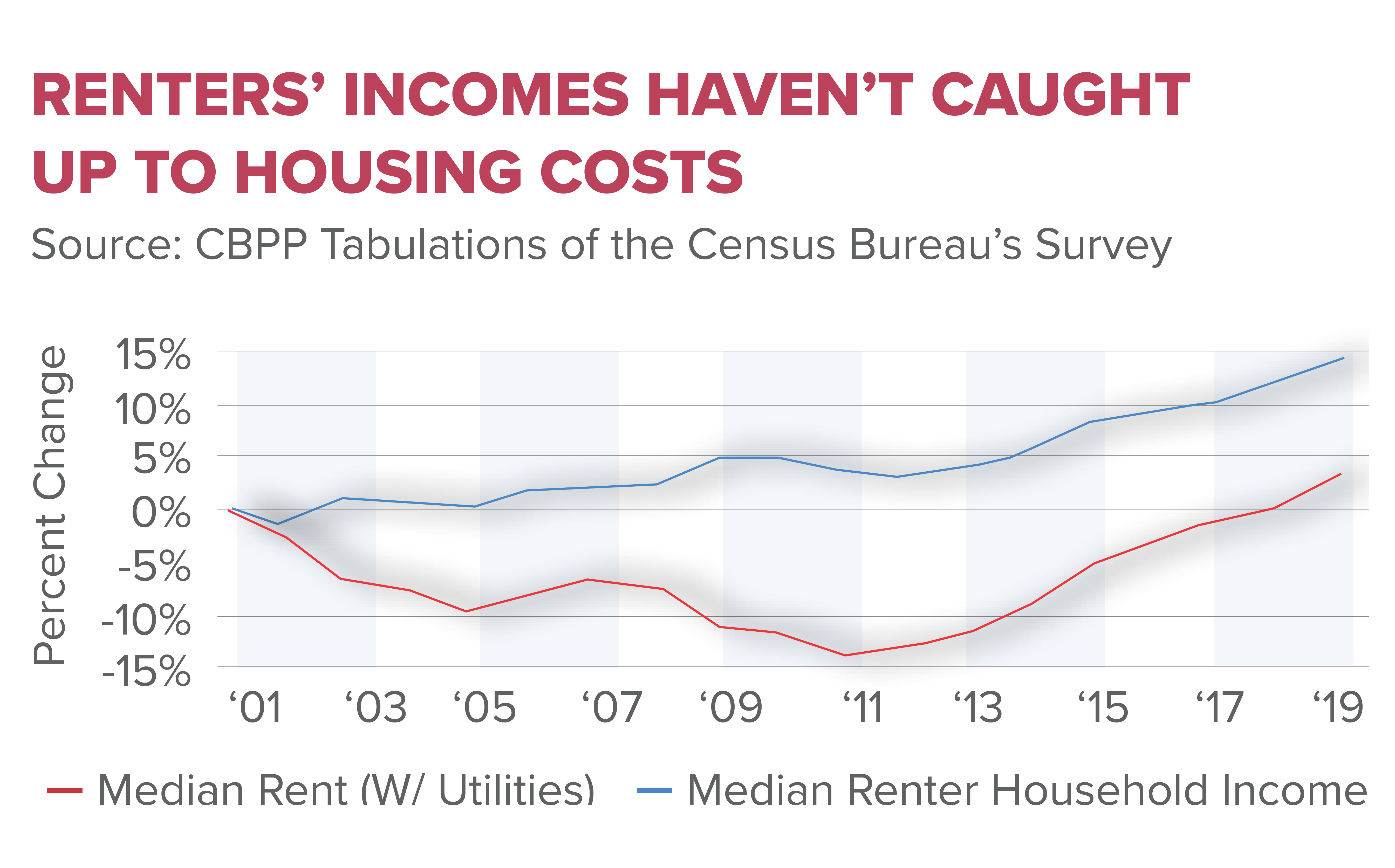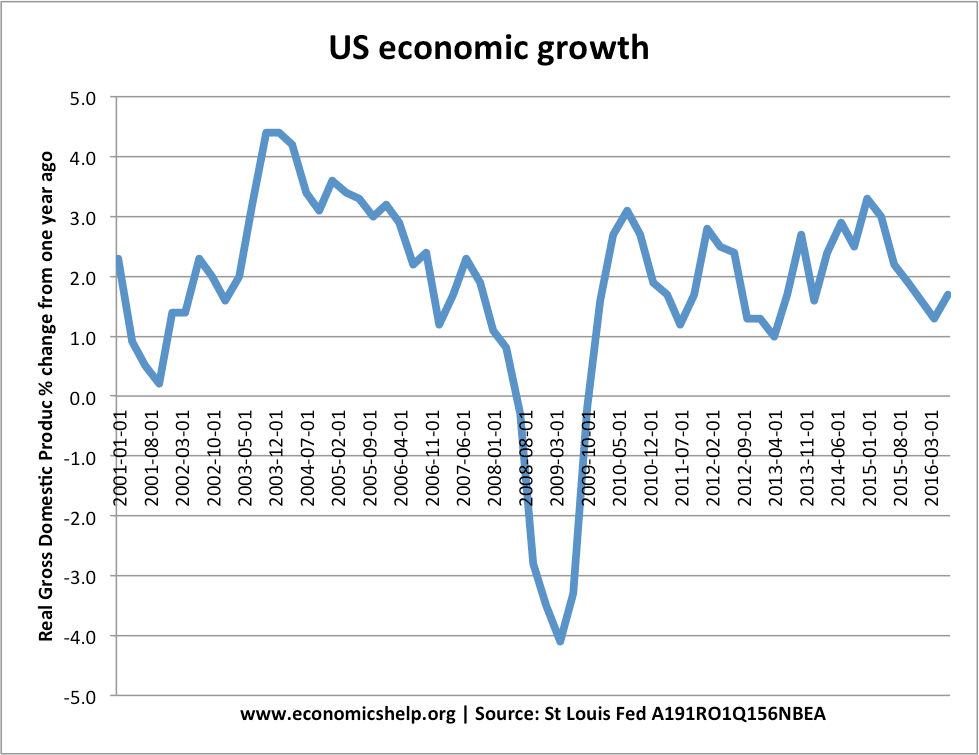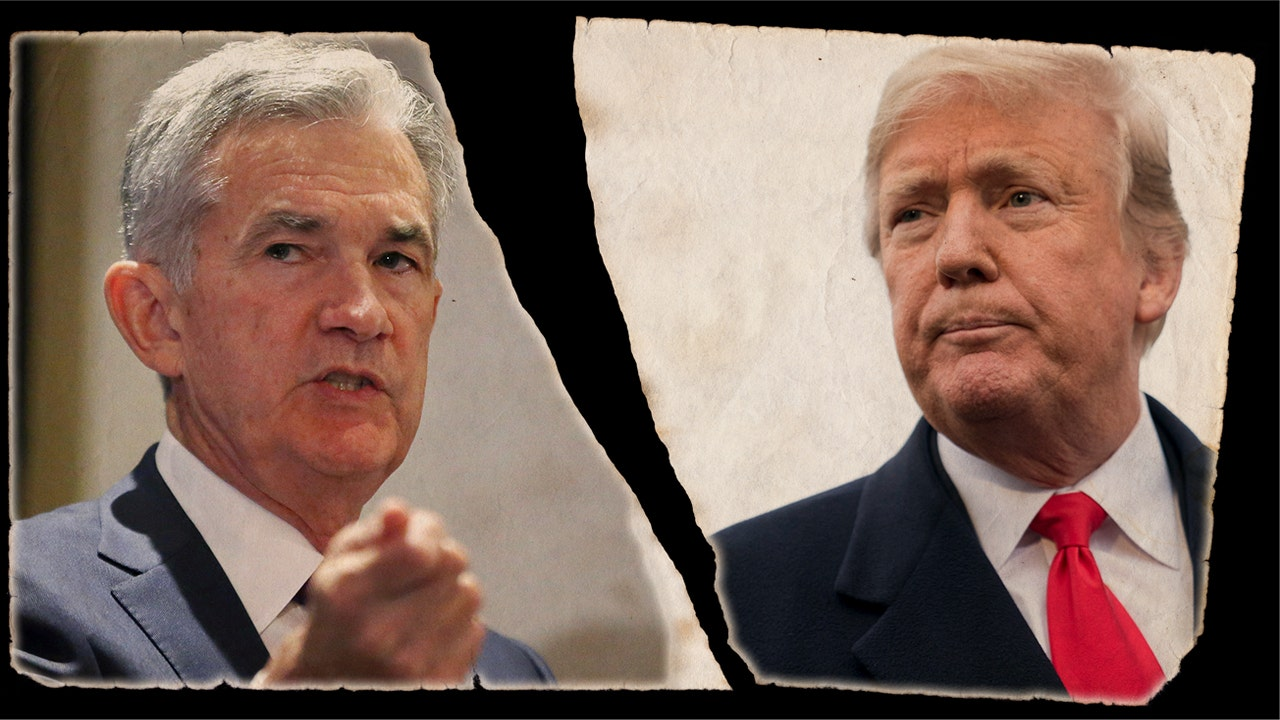Personal preferences shape who we are, influencing everything from the music we listen to and the brands we trust, to the food we love. In understanding personal preferences, one can see the intricate ways in which social norms and cultural influences mold our choices throughout life. Behavioral science reveals that our likes and dislikes are often less individualized than we think, as they are frequently shaped by external factors such as family history and societal trends. For instance, brand preferences are usually cultivated not just through personal experiences but also by the products that surround us, leading to a development of shared tastes across communities. Whether it’s your go-to pizza or your choice of a wine label, recognizing how these intricate layers affect your product choices can enhance your understanding of consumer behavior.
Preferences regarding various products and experiences are far more complex than they first appear, often intertwined with social expectations and cultural background. These inclinations, or inclinations toward specific items, reflect deeper behavioral tendencies shaped since our formative years. The evolution of our individual tastes can be closely linked to brand loyalty and specific influences from those around us, creating a fluid relationship between consumer choice and societal trends. For example, as people seek to express their identities, they often gravitate towards particular brands that resonate with their evolving lifestyles. Ultimately, by examining these underlying patterns, we can begin to appreciate the subtle nuances of choice within our personal landscapes.
Understanding the Influence of Social Norms on Preferences
The influence of social norms plays a pivotal role in shaping our preferences and choices. Behavioral scientists, like Michael I. Norton, highlight that our tastes are often not as individualistic as we would like them to be. From our music preferences developed during formative teenage years to the car brands we favor when shopping, social norms dictate much of our decision-making process. For instance, the commonality of favorite pizza places being geographically centered around one’s residence isn’t merely coincidental; it emphasizes how our surroundings and social interactions inform our product choices, leading us to subconsciously adopt preferences that align with those norms.
Moreover, these social pressures are not limited to geographical locations but extend to digital landscapes as well. Social media platforms are rife with brands that utilize targeted advertising based on user behavior and preferences. This reflects another layer of social norm influence, as users are continually exposed to brands that resonate with their self-image. Consequently, the online persona people curate often directs their buying decisions, reinforcing group preferences and brand choices synonymous with social acceptance.
Personal Preferences: Are They Truly Yours?
Exploring personal preferences leads us to question just how original these choices are. Many believe that their likes and dislikes stem from authentic individuality; however, much of what we prefer is molded by external factors. For instance, a consumer may resonate with a particular brand of pasta sauce simply because it mirrors the choice of their parents, showcasing how familial influences persist into adulthood. This interconnectedness of preferences suggests that personal tastes are less about self-determination and more about inherited or socially constructed choices.
Furthermore, our interactions within social circles significantly shape our perceptions and preferences. The phenomenon of normcore, where individuals adopt a deliberately plain aesthetic, exemplifies this dynamic. While it may seem like a countercultural statement, it reflects a collective acceptance of simplicity shaped by societal trends. This illustrates how personal preferences, while often viewed as independent, are substantially swayed by the influence of those around us, demonstrating that even our unique tastes are not entirely free from social conditioning.
The Role of Behavioral Science in Taste Development
Behavioral science provides invaluable insights into how our preferences develop and evolve over time. Michael I. Norton’s research illustrates that preferences are not static; they are influenced by various factors including exposure and experience. This was particularly evident in the way individuals cultivate specific likes through repeated engagement, such as wine tasting to enhance one’s palate. However, the paradox lies in the fact that even our developed tastes are often confined to a limited selection, shaped by previous experiences and contextual factors.
Moreover, price and quality signals further complicate our understanding of taste. For instance, consumers might associate higher prices with better quality, affecting their preference regardless of actual taste. Behavioral science emphasizes that our perceptions are often marred by these external signals, suggesting that our preferences, even those thoughtfully developed, remain susceptible to influences beyond sheer taste or personal choice.
Product Choices and the Development of Brand Preferences
The relationship between product choices and brand preferences is intricately linked. As individuals navigate consumer options, their decisions about what products to embrace are often guided by existing brand perceptions shaped by marketing and social cues. For instance, a consumer’s choice of a popular soda brand may not reflect their genuine preference, but rather the influence of their peer group and prevailing societal trends that deem this choice acceptable or desirable.
Additionally, market research frequently reveals that consumers gravitate toward familiar brands. This inclination can stem from a desire for trust and reliability provided by well-advertised products, leading to a reinforcement of brand preferences across diverse demographics. Recognizing this pattern can empower marketers to develop focused strategies that cater to established consumer behavior and preferences, ultimately influencing product choices in profound ways.
The Evolution of Tastes Over Time
Tastes are not inherent; they evolve over time, often influenced by cultural shifts and individual experiences. Economists discuss this evolution through a lens of switching costs, which examine how easily an individual can alter their preferences. High-stakes products, such as technology or vehicles, often involve significant investment, leading to strong brand loyalty. Consumers may hesitate to switch brands due to the time and effort required to attain familiarity with a new product.
Conversely, low-stakes product categories, like clothing brands or casual dining, allow more flexibility in changing preferences. For instance, the ease with which one can switch from one pizza brand to another illustrates how lower switching costs encourage exploration and experimentation. Understanding this continuum sheds light on consumers’ decisions and the dynamic nature of preferences associated with different products.
Digital Marketing: Targeting Personal Preferences Effectively
The digital landscape has transformed the way brands understand and target consumer preferences. With advances in data analytics, companies can more accurately decipher consumer behavior, allowing for personalized marketing strategies. This capability is significant in how brands appear across social media platforms, as users are likely to engage with content that aligns with their personal identity and preferences, which correlates strongly with their social circles.
Furthermore, this connects back to the influence of social norms on digital preferences. When users see their friends engaging with a brand, it adds a layer of social endorsement that can sway their attitudes, making them predisposed to favorable product choices. As the line between individual and collective identities blurs, brands have a unique opportunity to resonate personally while simultaneously catering to broader social influences.
Impact of Exposure on Consumer Behavior
Exposure significantly shapes consumer behavior and preferences, showcasing the intricate relationship between environment and choices. People tend to gravitate toward the brands and products that they encounter frequently, leading to a familiarity bias where repeated exposure causes an automatic association with preference. This phenomenon is supported by behavioral research, suggesting that the mere presence of a product or brand can evoke a sense of preference, often unconscious to the consumer.
Moreover, in an age where digital exposure is ubiquitous, marketers are leveraging this tendency to enhance brand visibility. By creating compelling content that keeps their products within consumers’ field of perception, brands can enhance the likelihood of consumer engagement and loyalty. This practice of strategic exposure solidifies the notion that preferences are often less about personal choice and more about the frequency of social and environmental cues that lead to habitual decision-making.
Family Influence on Brand Preferences
Family and upbringing play critical roles in shaping brand preferences, suggesting that social influences begin at home and extend well into adulthood. The products chosen by parents often dictate the preferences of their children, establishing a legacy of choices that span generations. For instance, a family accustomed to a certain brand of beverage may instill a predisposition towards that brand in children, who then internalize it as part of their identity.
This deep-rooted connection to family preferences highlights the complexity of brand loyalty. As individuals venture out into the world and develop their tastes, they often still find themselves drawn to brands their families cherished. This ongoing influence reveals that while personal preferences may seem individualized, they are often a reflection of familial and social conditioning.
Navigating the Complexity of Taste and Product Choices
Navigating personal tastes and product choices is often rife with complexity, stemming from individual experiences and social influences. As people explore various products, their preferences can shift dramatically, sometimes based on esoteric influences that may not be immediately apparent. For instance, an individual’s decision on which car to purchase can be deeply entwined with their upbringing, peer groups, and the societal portrayal of certain brands in media.
Furthermore, the intricate web of emotions, memories, and expectations tied to specific products complicates the decision-making process. Each consumer’s experience is unique, yet shared elements serve as common ground among broader groups, demonstrating how collective behaviors influence personal preferences and brand loyalties alike.
Frequently Asked Questions
How do social norms influence personal preferences in product choices?
Social norms play a significant role in shaping personal preferences in product choices. For example, individuals often look to their peers and family when selecting brands or products, leading to similar preferences within social groups. Behavioral science shows that the preferences we believe are unique or personal are heavily influenced by the norms established around us, often leading us to favor products that are popular in our immediate social circles.
What impact do family preferences have on brand preferences?
Family preferences significantly influence brand preferences, especially during childhood and adolescence. For instance, the brands of food or products that your parents favored often carry over into your own choices as an adult. This phenomenon occurs because the familiarity and comfort associated with these brands create a lasting impact on our preferences, making them a part of our identity and buying behavior.
How do developing tastes affect our product choices over time?
Developing tastes can transform how we make product choices, particularly as we encounter new experiences and knowledge. For example, an individual’s music preferences typically solidify during teenage years, guiding them toward specific genres or artists. Similarly, as people experience different brands and products, their tastes develop, which can lead to new preferences emerging over time.
Are personal product choices genuinely independent of external influences?
It is challenging to have personal product choices that are entirely independent of external influences such as societal trends and marketing strategies. Behavioral science suggests that our preferences are often shaped by what we are exposed to, whether through social media, recommendations from peers, or advertising. Many times, individuals construct reasons for their preferences post-factum, indicating that external factors significantly influence our decision-making.
How does price influence our perceptions of product quality?
Price significantly influences perceptions of product quality, as many consumers associate higher prices with higher value or quality. This phenomenon is particularly evident in areas like wine tasting, where individuals might prefer more expensive wines simply because of their price tag, rather than an objective evaluation of taste. This tendency reflects how pricing can skew our preferences and choices, often reinforcing established brand loyalties.
What role does behavioral science play in understanding personal preferences?
Behavioral science provides insights into how personal preferences are shaped by social factors and environmental influences. Researchers study patterns of decision-making, exposing the sometimes hidden factors that guide our choices. By understanding these influences, individuals can become more aware of how their preferences are formed and how they might change when faced with different stimuli or choices.
Can personal preferences change easily, or are there switching costs involved?
The ease of changing personal preferences varies depending on the product category and associated switching costs. For example, switching from one brand of clothing to another often incurs low switching costs, allowing for easy changes in preferences. Conversely, switching from one technology platform to another may involve higher costs and adjustments, making individuals more likely to stay loyal to their original choices.
How does social media impact consumer brand preferences?
Social media greatly influences consumer brand preferences by creating an environment where brands can communicate directly with consumers. Users often consume content that reflects their identity or aspirations, making them more receptive to brands that appear in their feeds. This exposure can shape preferences over time, aligning them with the social norms and trends perceived through online interactions.
Why do we often think our attitudes drive our preferences?
Many individuals believe their attitudes drive preferences because of the way they process information and experiences. Behavioral science indicates that while attitudes can influence choices, often it is the product choices that create subsequent attitudes and preferences. This cycle of influence can lead to a misunderstanding of the true origins of our preferences, making it appear that they are entirely self-generated.
Are preferences really unique to each individual, or are they more universal?
While individuals may believe their preferences are unique, many preferences are profoundly influenced by universal social norms and cultural factors. For instance, certain brands or products may be nearly universally preferred due to widespread marketing efforts or societal trends. This shared experience reflects a more communal approach to preferences, which often belies the notion of complete individuality.
| Key Concepts | Explanation |
|---|---|
| Influence of Social Norms | Our preferences are not solely original; they are shaped by social influences, including family and peer groups. |
| Age and Experience | Preferences, such as music, are often developed in late adolescence, while others, like car brands, form later when needs arise. |
| Product Choices Shape Attitudes | People tend to construct reasons for their preferences based on choices they encounter, rather than solely their attitudes. |
| Market Targeting | Companies capitalize on user data to tailor advertisements and create personalized experiences on social media. |
| Switching Costs | The difficulty of changing preferences varies; high switching costs often lead to loyalty in choices. |
Summary
Personal preferences are influenced by a myriad of factors beyond just our tastes. The insights from behavioral science underscore how social norms and external influences shape what we believe we like. This means that while we may think we have unique preferences, they are often the result of our social environments, the products we encounter, and the inherent costs involved in changing our choices. Understanding this intricate web can help us become more mindful about our preferences and the choices we make.









